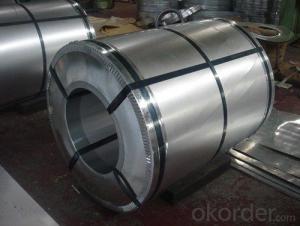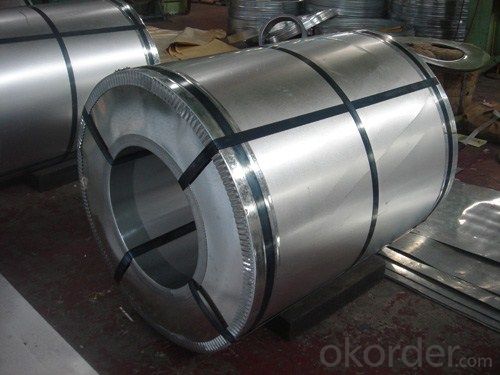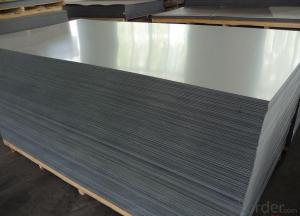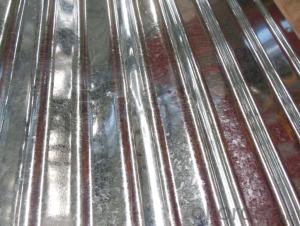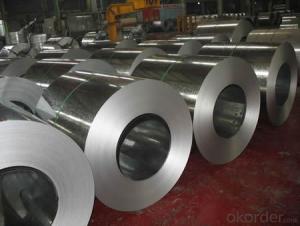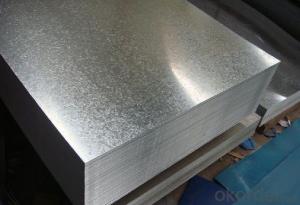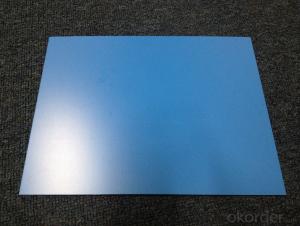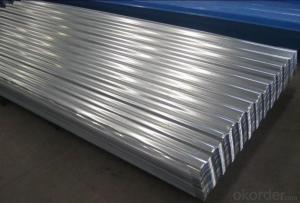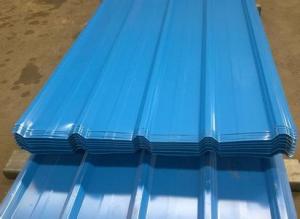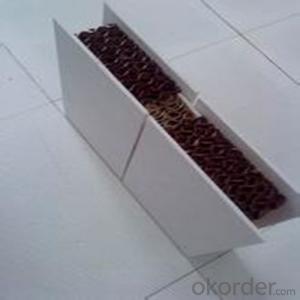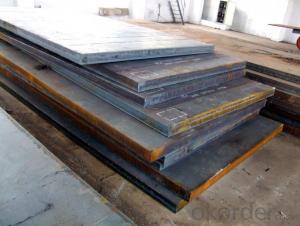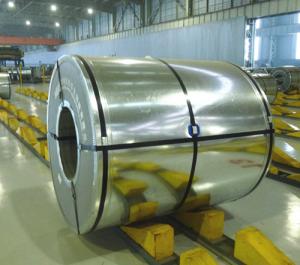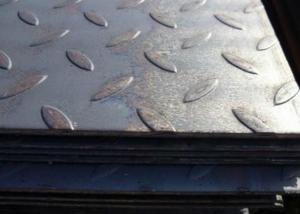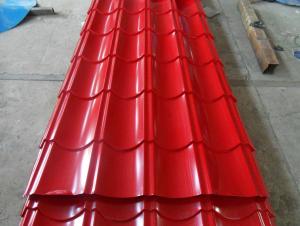FDHOT-DIP GALVANIZED STEEL
- Loading Port:
- Tianjin
- Payment Terms:
- TT OR LC
- Min Order Qty:
- -
- Supply Capability:
- 8000 m.t./month
OKorder Service Pledge
OKorder Financial Service
You Might Also Like
HOT-DIP GALVANIZED STEEL 72104910
THICKNESS:0.18mm-1.5mm
WIDTH:900mm-1250mm
COATING MASS:Z30-Z275
SPANGLE:Regular Spangle,Minimized Spangle,Zero Spangle
SURFACE TREATMENT:N0on or Chromated,Non or Oiled,Non or Anti Finger Print
COIL INNER DIAMETER:508mm/610mm
COIL WEIGHT:3mt-7mt
In continuous units in cold rolled steel strip, galvanized steel (electro galvanized and hot dip galvanized) as substrate, after surface pretreatment (degreasing and science processing), using the method of roll coating, coated with a layer or multi-layer liquid coating of plate, after baking and cooling income is the coating steel plate. Because the coating can have a variety of colors, on the habits of the coated steel sheet is called color coating steel plate. Because the coating is carried out before the sheet metal forming, in foreign countries which is called pre coating plate.
Color coated steel sheet is an organic coating coating on the steel surface, it has the advantages of beautiful appearance, bright color, high strength, good corrosion resistance, easy processing molding, but also allows the user to reduce costs, reduce pollution.
From the United States in 1935 to establish the first continuously coated steel line to begin, color coated steel plate has been widely applied, the current color coated plate varieties, about more than 600 kinds, the advantages of color coated sheet and organic polymer and steel plate of the two, which has good colorability, organic polymer molding, corrosion resistance and decorative, and steel plate with high strength and easy processing, can easily be punching cutting, bending, deep drawing processing. Made this makes organic coated steel sheet products have excellent practical, decorative, workability, durability.
- Q: Are the steel sheets available in different grades?
- Different grades of steel sheets are available. Steel is categorized into various grades depending on its composition, strength, and other properties. These grades encompass carbon steel, stainless steel, alloy steel, and tool steel, among others. Each grade possesses distinct characteristics and is appropriate for different applications. The selection of a grade relies on factors such as the desired strength, resistance to corrosion, and cost-effectiveness for the particular use. Consequently, when buying steel sheets, it is crucial to take into account the grade that most effectively meets the intended purpose.
- Q: Can steel sheets be used in the construction of bridges?
- Yes, steel sheets can be used in the construction of bridges. Steel is a commonly used material in bridge construction due to its many advantageous properties. Steel sheets provide high strength and durability, making them suitable for withstanding heavy loads and harsh weather conditions. They are also flexible, allowing for easier fabrication and installation. Additionally, steel sheets can be easily joined together using welding or bolting, making them ideal for constructing large structures like bridges. Overall, steel sheets offer a cost-effective and reliable solution for bridge construction.
- Q: Can steel sheets be used for elevator manufacturing?
- Yes, steel sheets can be used for elevator manufacturing. Steel is a commonly used material in elevator construction due to its strength, durability, and resistance to fire and corrosion. Steel sheets are often used to fabricate the walls, floors, and doors of elevator cabins. Additionally, steel is also utilized for the structural framework and support components of the elevator system. The use of steel sheets in elevator manufacturing provides stability, safety, and longevity to the elevator, making it a reliable choice for vertical transportation.
- Q: How are steel sheets protected during shipping?
- To guarantee the secure delivery of steel sheets, numerous measures are taken to protect them during shipping. One commonly used technique involves using packaging materials like cardboard or wooden crates, specifically designed to securely hold the steel sheets in place and reduce the risk of movement or potential damage during transit. Furthermore, steel sheets may also be shielded from moisture, dust, and other environmental factors by applying a protective coating or wrap. This can take the form of a thin layer of oil, wax, or a specialized rust inhibitor, acting as a barrier against corrosion. To enhance protection even further, steel sheets are often stacked and fastened with strapping or banding materials. These measures ensure that the sheets remain in a fixed position and do not shift during transportation, preventing any potential impact or friction that could cause damage. Additionally, shipping companies implement special handling procedures to minimize the risk of harm. This involves utilizing equipment such as forklifts or cranes to carefully load and unload the steel sheets, avoiding any rough handling or accidental drops that could result in dents or bends. In conclusion, a combination of appropriate packaging, protective coatings, secure strapping, and careful handling guarantees the adequate protection of steel sheets during shipping. This comprehensive approach minimizes the possibility of any damage occurring and ensures that the sheets arrive in optimal condition at their intended destination.
- Q: Can steel sheets be used for water tanks?
- Yes, steel sheets can be used for water tanks. Steel is a durable and strong material that is commonly used for various applications, including water tanks. It provides excellent resistance to corrosion and can withstand high-pressure environments, making it suitable for storing water safely. Additionally, steel tanks can be easily customized to meet specific size and shape requirements.
- Q: What is the process of applying anti-slip patterns to steel sheets?
- The process of applying anti-slip patterns to steel sheets typically involves embossing or etching the surface of the sheet with raised patterns or textures. This can be done using specialized machinery or through chemical treatments. The patterns are designed to increase friction and traction, making the steel sheet less slippery and safer to walk on.
- Q: How do you transport steel sheets safely?
- To transport steel sheets safely, it is important to use appropriate lifting equipment such as cranes or forklifts with proper rated capacity. The sheets should be securely strapped or clamped together to prevent shifting during transportation. Additionally, using protective covers or padding can minimize the risk of scratches or damage. Proper planning, training, and adherence to safety protocols are crucial to ensure safe transportation of steel sheets.
- Q: What is the typical coefficient of thermal expansion of a steel sheet?
- The typical coefficient of thermal expansion of a steel sheet is around 10.8 x 10^-6 per degree Celsius.
- Q: What is the difference between a HRPO and HRSPO steel sheet?
- The main difference between a HRPO (Hot Rolled Pickled and Oiled) and HRSPO (Hot Rolled Skin Pass) steel sheet lies in the manufacturing process and the resulting properties of the two types of sheets. HRPO steel sheets are produced by hot rolling a steel slab and then subjecting it to a pickling process where the surface scale is removed using an acid bath. After pickling, the steel sheet is then oiled to provide a protective coating. The pickling process imparts a clean, smooth surface to the sheet, while the oiling helps prevent corrosion and improve formability. HRPO sheets are typically used in applications that require good surface finish and paintability. On the other hand, HRSPO steel sheets undergo an additional skin pass rolling process after pickling and oiling. This process involves passing the sheet through a set of rolls to further improve its surface quality, resulting in a smoother and more uniform surface finish compared to HRPO sheets. The skin pass process also imparts better flatness and dimensional accuracy to the sheet. HRSPO sheets are commonly used in applications that demand higher surface quality, such as automotive panels, appliances, and electrical enclosures. In summary, while both HRPO and HRSPO steel sheets are pickled and oiled, the additional skin pass rolling step in the manufacturing process of HRSPO sheets enhances their surface quality, flatness, and dimensional accuracy, making them suitable for more demanding applications.
- Q: Are the steel sheets coated with any protective material?
- Yes, the steel sheets are coated with a protective material. The protective coating is typically applied to the steel sheets to enhance their durability and resistance to corrosion. This coating acts as a barrier between the steel surface and external elements such as moisture, chemicals, and weather conditions, preventing the steel from rusting or corroding. The protective material can vary depending on the specific application and requirements, but it is commonly a layer of zinc or zinc-alloy coating, known as galvanized coating. This coating provides excellent protection to the steel sheets and extends their lifespan, making them suitable for various industries and applications.
Send your message to us
FDHOT-DIP GALVANIZED STEEL
- Loading Port:
- Tianjin
- Payment Terms:
- TT OR LC
- Min Order Qty:
- -
- Supply Capability:
- 8000 m.t./month
OKorder Service Pledge
OKorder Financial Service
Similar products
Hot products
Hot Searches
Related keywords
